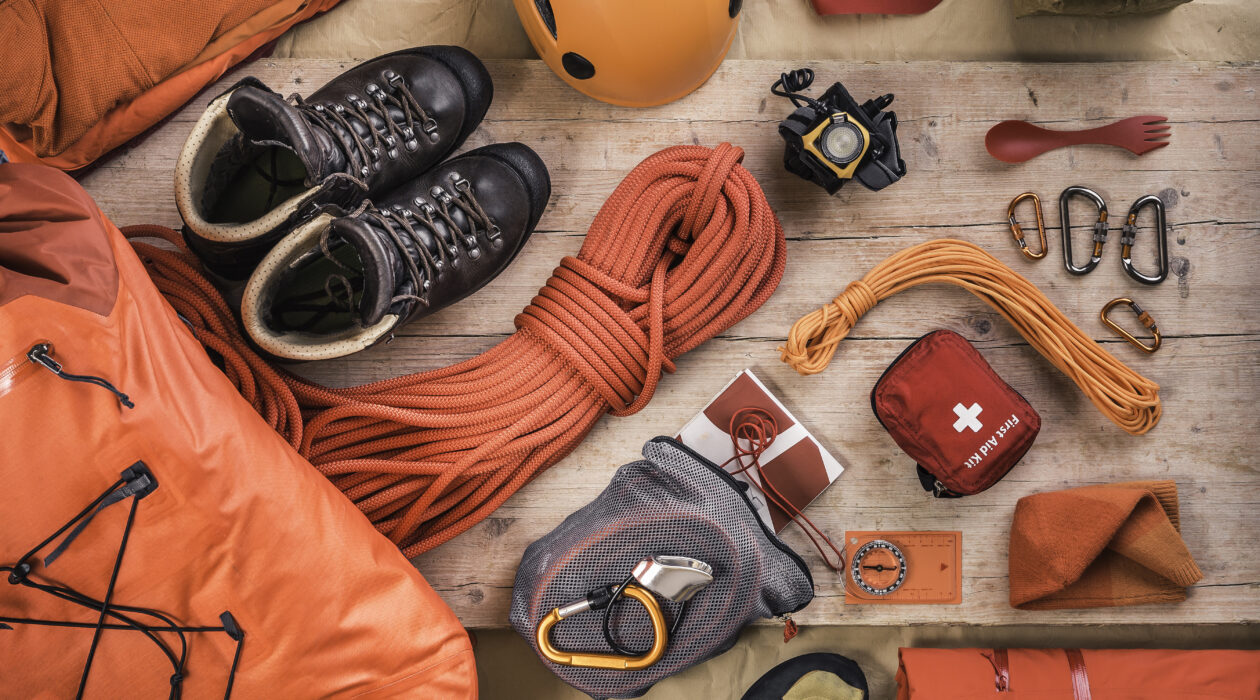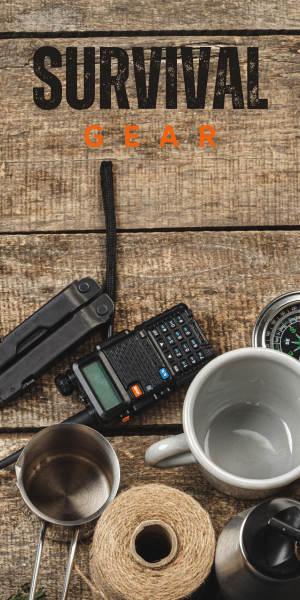In a world where the unexpected lurks around every corner, readiness can be the difference between vulnerability and security. Whether it’s the furious onslaught of a hurricane or the chaos of war, survival doesn’t hinge on fate alone—it’s shaped by preparation. This comprehensive guide serves as a beacon for those seeking to navigate the unpredictable tides of disaster, offering a step-by-step roadmap to ensuring your survival essentials are in place.
The Philosophy of Preparing :
Survival preparation is more than stocking up on supplies; it’s adopting a philosophy of preparedness that encompasses every facet of your life. This ideology is underpinned by practicality, adaptability, and sustainability, guiding you towards self-sufficiency in times of crisis.
Section 1: Assessing Risks and Setting Goals
Before delving into the logistics of survival preparation, one must understand the risks inherent to their environment. Identifying potential disasters that could strike your region, be it natural or man-made, is the first step.
Action Plan:
- Conduct a thorough risk assessment for your area.
- Set clear, achievable goals based on the identified risks.
- Familiarize yourself with local emergency plans and shelters.
Section 2: Water – The Lifeline
Water is the cornerstone of survival. In disaster scenarios, having a reliable water source can determine your resilience to the situation at hand.
Action Plan:
- Store at least one gallon of water per person per day for at least three days.
- Learn purification methods such as boiling, chemical treatment, and filtration.
- Consider water collection systems such as rain barrels for long-term sustainability.
Section 3: Nutrition – Fueling Survival
Nutrition is crucial to maintaining strength and decision-making abilities during a crisis. Your survival pantry should be well-stocked with non-perishable items.
Action Plan:
- Create a three-week supply of non-perishable food items, focusing on nutritional diversity and dietary needs.
- Regularly rotate your supplies to maintain freshness.
- Understand the importance of rationing and proper food storage techniques.
Section 4: Shelter and Warmth
Shelter is your first line of defense against the elements. Whether at home or in the wilderness, you must know how to keep yourself safe and warm.
Action Plan:
- Reinforce your home to withstand severe weather conditions.
- Assemble a comprehensive emergency kit with blankets, tarps, and thermal gear.
- Learn how to create makeshift shelters that can retain heat and withstand elements.
Section 5: Health and First Aid
In the absence of immediate medical help, a well-equipped first aid kit and basic health knowledge become your allies.
Action Plan:
- Build a first aid kit tailored to your family’s medical needs.
- Acquire basic first aid and CPR training.
- Keep an extra supply of prescription medications and know how to use natural remedies.
Section 6: Safety and Security
Security measures are critical, particularly in times of social unrest or when resources become scarce.
Action Plan:
- Develop a safety plan that includes evacuation routes and rendezvous points.
- Invest in personal protection and learn how to use it responsibly.
- Stay informed about the state of affairs through reliable news sources and community networks.
Section 7: Communication
Staying connected can prove lifesaving during a disaster, as it ensures access to vital information and the ability to reach out for help or reunite with family members.
Action Plan:
- Maintain a list of essential contacts, including local authorities and loved ones.
- Have alternative communication methods such as solar-powered radios or satellite phones.
- Establish a family emergency communication plan.
Section 8: Survival Skills
Certain skills are invaluable when the fabric of society thins. From starting a fire to navigating without a compass, these skills bolster your chances of survival.
Action Plan:
- Practice essential survival skills like fire-making, foraging, and knot-tying.
- Engage in regular drills to stay sharp.
- Participate in survival workshops or online courses to enhance your knowledge base.
Section 9: Mental Resilience
The psychological impact of a disaster can be as crippling as its physical devastation. Cultivating mental resilience is therefore paramount.
Action Plan:
- Develop stress management techniques such as meditation or deep-breathing exercises.
- Create a support system within your community.
- Prepare mentally by running through various scenarios and visualizing your response.
In the end :
Preparation for unknown disasters may seem overwhelming, but it is a critical investment in your safety and peace of mind. By systematically addressing each aspect of survival, from water and nutrition to safety and skills, you can transform uncertainty into confidence. Start small, focusing on each component of your survival plan, and gradually build a fortress of readiness that can stand firm against any storm.
Remember, survival is not a solo journey. Engage with your community, share knowledge, and grow stronger together. With each step you take today, you’re not just surviving; you’re thriving against the odds.













